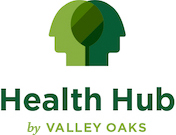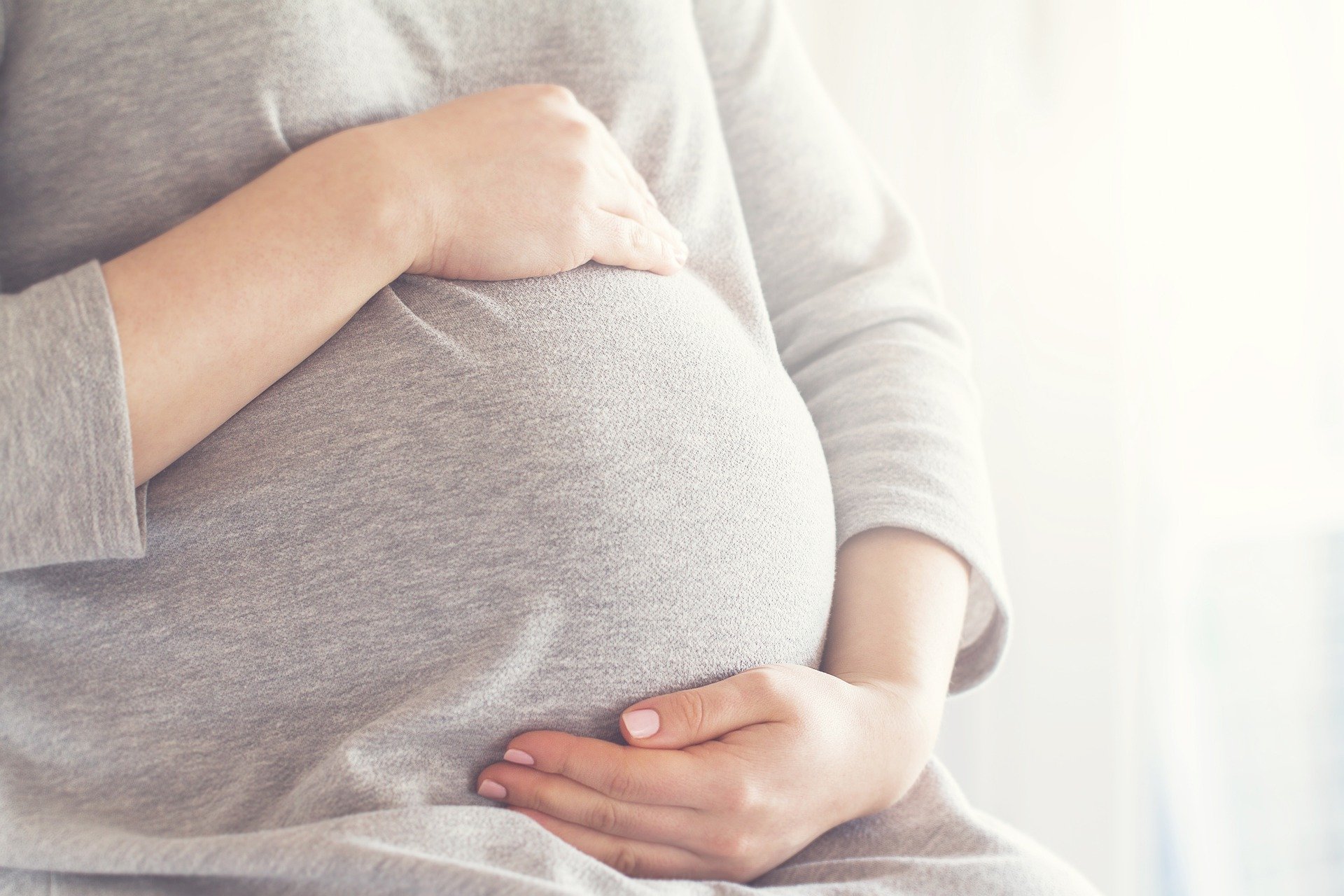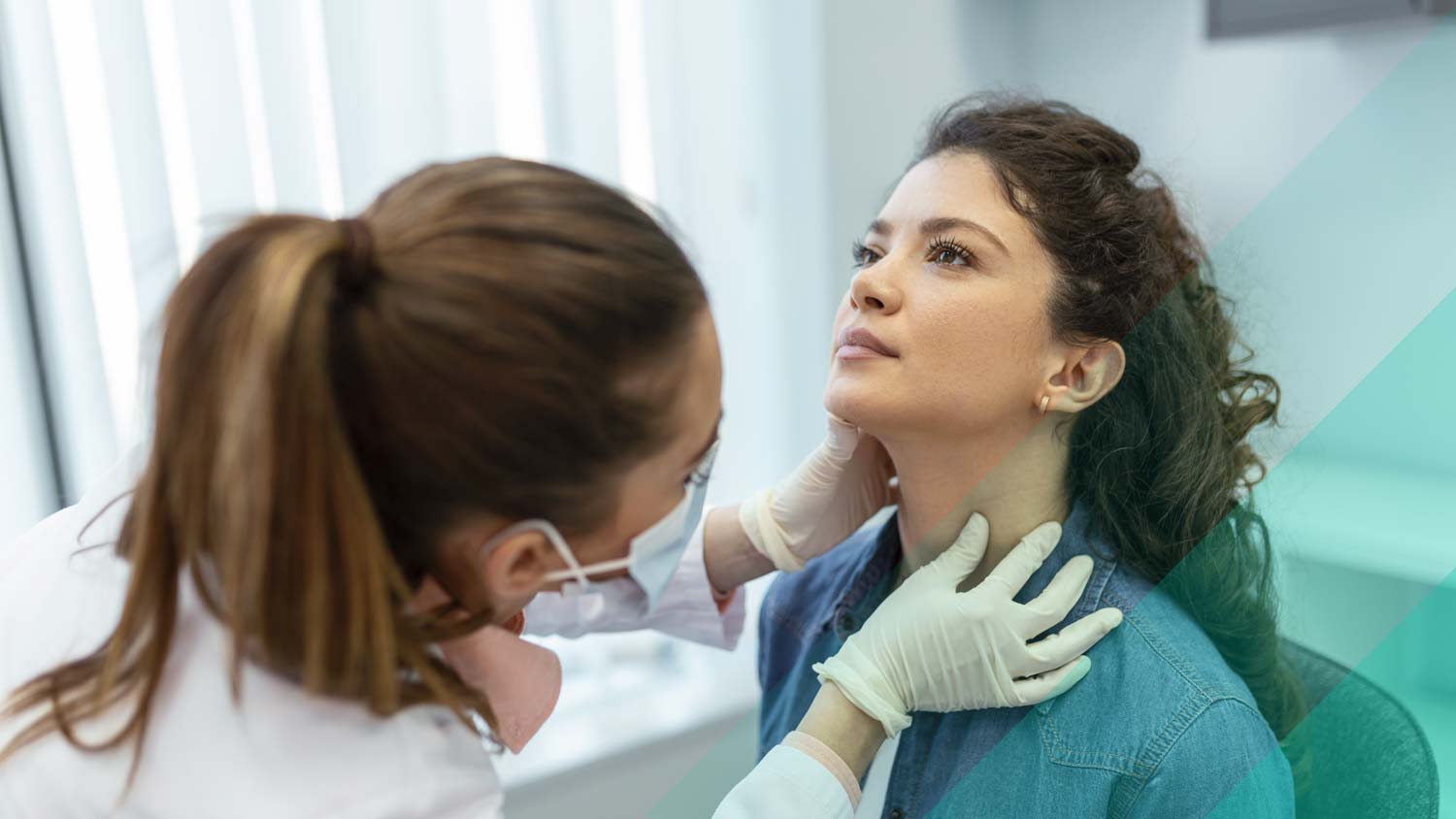The use of tobacco, alcohol, illicit drugs, or the misuse of prescription drugs by pregnant women can have severe health consequences for their baby. Recent research shows that substance use during pregnancy is linked to double—even triple—the risk of stillbirth as well as the development of neonatal abstinence syndrome (NAS).
Nearly 1 in 20 expecting mothers struggle with substance use disorder, and at Valley Oaks Health, we want to provide them with a path toward recovery and healthier pregnancy. We also want to prevent the following risks to infants.
Stillborn
With substance use during pregnancy, there is a greater risk a child can be stillborn. For those using tobacco, the risk is 1.8 to 2.8 times greater. For those misusing prescription pain relievers, the risk jumps up 2.2 times. For mothers using marijuana, there is a 2.3 greater risk of stillbirth.
Neonatal abstinence syndrome
Regular use of certain substances—opioids, alcohol, barbiturates, benzodiazepines, and caffeine—can cause neonatal abstinence syndrome. Upon birth, the baby can go through withdrawal, causing lasting health problems.
The type and severity of an infant’s withdrawal depends on the type of drugs used, how often the mother used them, and whether the infant is born full term or prematurely.
Other risks
Other possible risks for the infant include:
- Birth defects
- Low birth weight
- Premature birth
- Small head circumference
- Sudden infant death syndrome (SIDS)
Finding help
If you or someone you love is struggling with substance use disorder, judgment-free help is available. The first step is always the hardest, but at Valley Oaks Health, we will be with you until recovery is reality.







